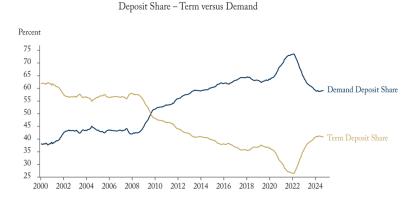Ontario’s electricity sector has struggled with rising system costs for more than a decade. Not only have system costs been steadily increasing, the share of the costs that are directly related to the consumption of electricity have been steadily decreasing. Why?

The province struck high-cost contracts with higher forecasted consumption than was realised. The result has been upward pressure on prices that has only been mitigated by government rebates that have shifted costs to taxpayers.
How can Ontario remedy this? We need to cut costs in the system by creating the right price incentives for consumers, while encouraging companies producing and delivering electricity to find savings, too.
To help businesses, we should replace the current industrial electricity pricing system for large customers with a market-based “interruptible rate” that rewards them for agreeing to interruptions of supply during extreme peak demand hours. For medium-sized customers, set the full cost of energy prices on an hourly basis.
For residential customers and small businesses who pay regulated energy rates, we propose giving consumers the option of a lower price than otherwise most of the time, but with an incentive to reduce use at extreme peak demand hours.
The current rate subsidies are unsustainable and should be reduced. Electricity subsidies in Ontario, climbed to $6.5 billion in the 2021/22 fiscal year, which is $700 million more than what the province plans to spend on long-term care.
To learn more about our electricity pricing reccommendations, please read "Power Surge: The Causes of (and Solutions to) Ontario’s Electricity Price Rise Since 2006" by Benjamin Dachis and Joel Balyk.




